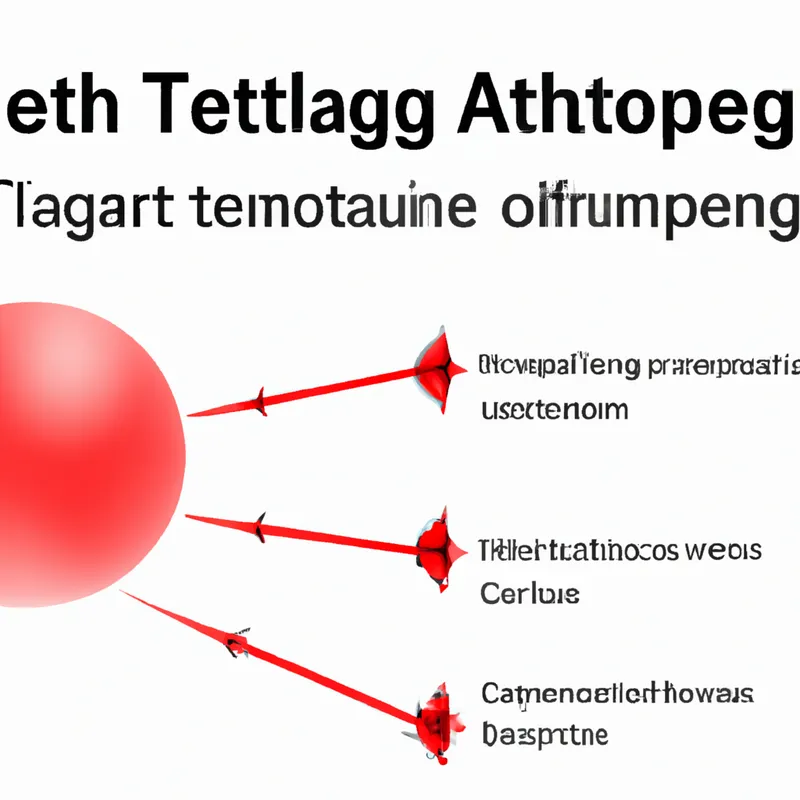Explore How Red Light Boosts Immunity
Theories of Action: How Red Light Therapy Influences Immune Function
Red light therapy (RLT) has gained popularity for skin rejuvenation, pain relief, and mood enhancement. Research increasingly focuses on its effects on immune function. Understanding RLT’s interaction with the immune system offers insights into its holistic health benefits.
What is Red Light Therapy?
Red light therapy uses specific wavelengths of red light, typically 600 to 650 nanometers. Devices like LED panels, lasers, and handheld units deliver this light to the skin. Cells absorb these wavelengths and initiate biochemical reactions in the mitochondria, which produce energy.
RLT primarily enhances ATP (adenosine triphosphate) production. ATP fuels cellular energy and function, improving performance across various systems, including the immune system.
How Does Red Light Therapy Affect Immune Function?
Research shows that RLT significantly modulates immune responses through several mechanisms.
Improved Cellular Communication
RLT boosts intercellular communication by promoting the release of cytokines. These signaling molecules regulate immune responses and act as messengers. Cytokines can stimulate or suppress immune activity based on the body’s needs. Pro-inflammatory cytokines activate immune cells against pathogens, while anti-inflammatory cytokines resolve inflammation. RLT influences these cytokine balances, supporting a healthy immune response.
Reduced Inflammation
Chronic inflammation poses significant health risks, linking to diseases like arthritis and cardiovascular issues. While inflammation serves as a natural immune response, excessive inflammation can be harmful. RLT reduces pro-inflammatory cytokine production, modulating inflammation levels. This reduction lessens the immune system’s burden and promotes balance.
Enhanced Tissue Repair and Regeneration
RLT accelerates tissue repair and regeneration, crucial for effective immune function. Damaged tissues trigger immune activation for healing. RLT speeds up tissue repair, supporting the immune system’s restoration efforts. This dual action enhances cellular energy and stimulates healing, making RLT valuable for injury recovery and immune support.
Increased Antioxidant Production
RLT also increases antioxidant production. Oxidative stress, caused by an imbalance of free radicals and antioxidants, can impair immune function. RLT enhances endogenous antioxidant production, improving immune responses.
Conclusion
RLT significantly influences immune function through improved communication, reduced inflammation, enhanced repair, and increased antioxidant production.
Below are related products based on this post:
FAQ
What is the mechanism behind Red Light Therapy’s effectiveness?
Red light therapy (RLT) uses specific wavelengths of red light that cells absorb, particularly in the mitochondria. This absorption enhances the production of ATP (adenosine triphosphate), which is essential for cellular energy and function across various systems, including the immune system.
How does Red Light Therapy modulate immune responses?
RLT modulates immune responses by improving intercellular communication through the release of cytokines, which regulate immune activity. It also reduces pro-inflammatory cytokine production, helping to balance inflammation levels and supporting a healthy immune response.
Can Red Light Therapy assist with tissue repair?
Yes, RLT accelerates tissue repair and regeneration, which is crucial for effective immune function. By speeding up the healing process of damaged tissues, RLT supports the immune system’s restoration efforts and enhances overall cellular energy.















Post Comment